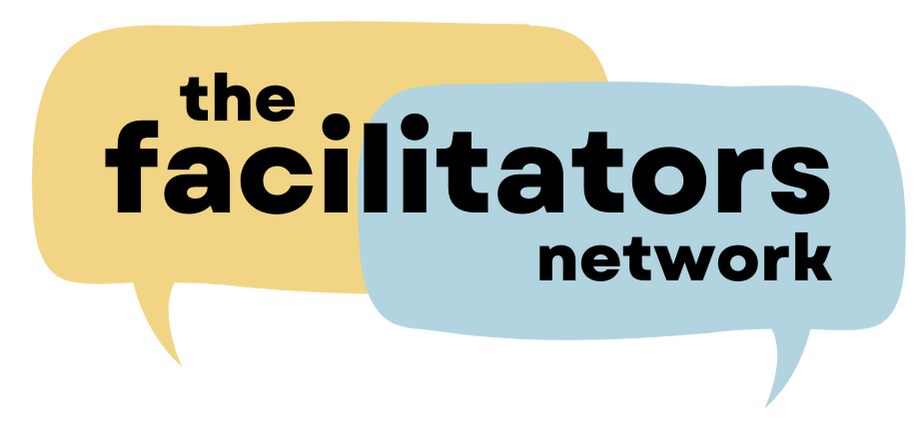Brainstorming, Idea Generation or Problem-Solving Jams. Whatever you call them, the theory is these sessions bring out the biggest, brightest and best ideas from a group. However, truly innovative thinking takes more than gathering some people and supplying them with post-it notes. If you want to generate truly creative ideas, you need to have a process and it can be helpful to introduce some stimulus for out-of-the-box thinking.
Check out this quick list of activities that help participants address their challenge from a different perspective.
1. Individual Visualisation
Walk the group through a guided visualisation where you prompt them to jot down ideas by asking a range of questions. Invite participants to write down ideas on their own first, then have them share their ideas in small groups. Some questions you might like to ask in the visualisation process include:
- How might you solve this challenge if you had unlimited budget?
- How might you solve this challenge if you had zero budget?
- How are people from other industries solving this challenge?
- If the problem had to be fixed by the end of this week, what would you do?
- If you had only one wish for solving this challenge, what would you wish for?
- If you had sole responsibility for finding a solution, and you didn’t need to consult with anyone else, how would you address this challenge?
- Imagine the solution had been found and the challenge has been solved, how did that happen?
2. Picture Cards
Lay a pile of picture cards face down and ask participants to each choose a card. Using the picture as a starting point, invite participants to jot down ideas or solutions that are somehow related to the picture they have in their hand.
Encourage participants to succumb to the flow of idea-association. In other words, they might start jotting down ideas related to a rollercoaster and end up jotting down ideas related to a website. The picture is only designed as a starting point for thinking, it doesn’t need to be the end point also.
3. How would Oprah solve this challenge?
Ask participants to write the name of a well-known person on a post-it note, and then invite them to pass that note to the person on their left. Once each participant has the name of a well-known person in front of them, ask them to imagine how that person would solve the problem at hand. Give the group 3-4 minutes to brainstorm ideas on their own, then pass post-it-notes to the left, and repeat the exercise.
While this activity often raises ideas that are outlandish and impractical, it helps participants to shift perspectives and gets them thinking from a different point of view. You can build on this exercise by posing questions such as:
- How would your 10-year old self solve this problem?
- How would your Nana solve this problem?
- How would an artist solve this problem?
- How would an engineer solve this problem?
4. What does the solution look like?
Sick as a Dog, Bull at a Gate, Tough as a Goat. People naturally use similes and metaphors to describe people, situations, experiences and problems. Why not encourage similes and metaphors to describe the solution also?
Start the conversation by asking, “What kind of solution are we looking for?” or “How might we find a solution to this problem?” Then, allow participants time to answer with an image. For example, they might say something like:
- We need the solution to be as cheap as chips.
- We can’t afford to be a chicken about it.
- We need to be a rock for other departments.
While this exercise won’t necessarily provide the winning idea, it will force participants to use their brains in a different way. That’s a great way to stimulate creative thinking for the next round.
5. Headline News
Ask participants to imagine that they are six months down the track and the challenge has been solved. They have been asked to write a press release for the local paper, outlining what the challenge was and how it was addressed. It is their chance to showcase the brilliant solution they came up with.
Give participants 5 minutes to write a press release on their own, before inviting them to share in small groups. Reassure participants that spelling, grammar and formatting is not important. It’s the act of telling a future story that will stimulate ideas.
These activities are not necessarily about finding the perfect idea or solution. They are simply a way to get people thinking differently, and as one idea is shared, it can spark a new idea in someone else. The key is to keep activities short and to generate as many ideas as possible. Once there are a range of ideas on the table, you can start making connections and honing possibilities into something more tangible.
Kerri Price
Kerri is a professional facilitator with over 20 years experience in facilitation roles. She is the founder of The Facilitators Network and regularly facilitates workshops on Facilitation and Building a Facilitation Business. If you need someone to facilitate an Idea Jam for your business, organisation or community, get in touch.
Email: kerri@thefacilitatorsnetwork.co.nz

